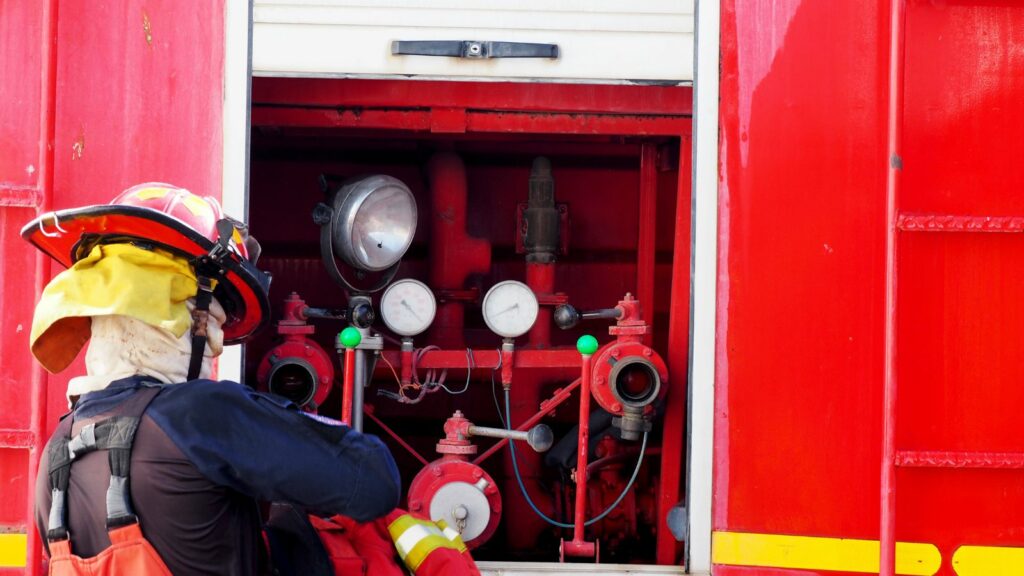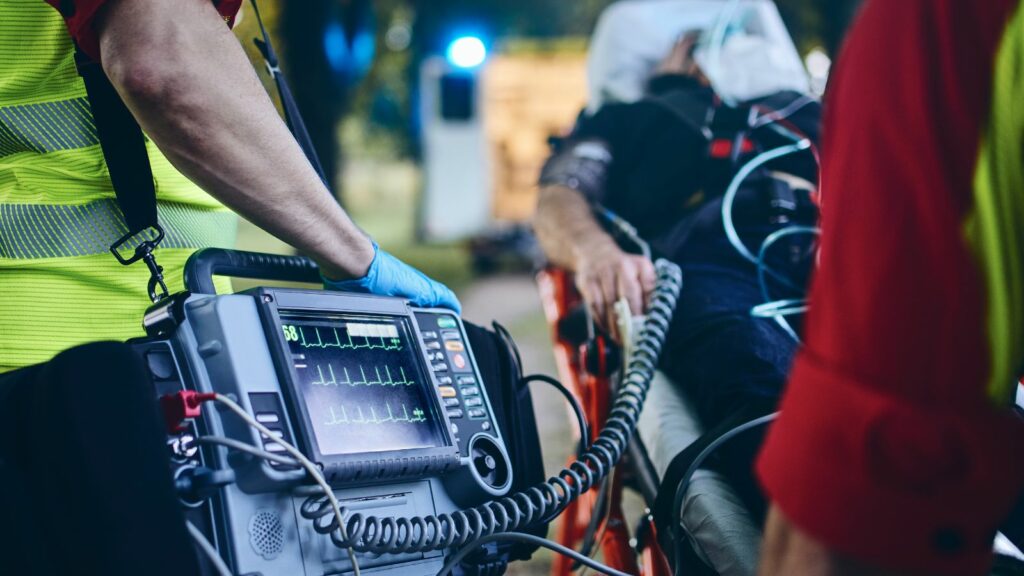When disaster strikes, it’s the prepared who stand the best chance of weathering the storm. Emergency preparedness isn’t just about having a plan; it’s about visualizing potential scenarios and knowing exactly what to do. This is where emergency preparedness images come into play.
Emergency Preparedness Images

Emergency preparedness images provide invaluable insights, they journey through potential hazards and enable tactical planning. This section pivots on the communicative power and versatility of these images.
A pivotal role of emergency preparedness images lies in their efficacy as communication tools. Employed during training sessions, they break complex emergencies into digestible pieces. For instance, an image displaying a flood crisis breaks down the event into stages: identifying flood signs, immediate response, evacuation, and post-flood actions. The sequence, revealed through the image, fosters understanding, enabling better training outcomes.
Importance of Visuals in Emergency Preparedness
Visually representing emergency preparedness plays a crucial role in enhancing people’s ability to remember and respond quickly.
Enhancing Recall and Response Time

Visuals help to improve retention of information. In emergencies, such as natural calamities (hurricanes, tornadoes) or man-made disasters (fire, terrorist attacks), it’s vital to react quickly. Taking measures based on memory can be critical at this point. Emergency preparedness images, with their vivid depiction of scenarios and actions, can instill the required steps in the viewer’s mind. Expert studies, such as those by the National Institute for Health, indicate that people recall visuals 55% more effectively than text.
Cultural Considerations in Imagery
Emergency preparedness is a global concern, therefore, designing images that can be understood universally is essential. Interpretations of visuals can vary across cultures; what is clear and straightforward to one might be offensive or obscure to another. For instance, the color red implying danger is not universal. Therefore, image creators must engage in research, consult experts, and perform field testing in diverse communities. They must ensure that their images are culturally sensitive and contextually accurate to maximize their effectiveness. Factors such as symbols, colors, and representation must be carefully considered to produce universally communicative and sensitive emergency preparedness visuals.
Best Practices for Creating Effective Emergency Preparedness Images
Developing crucial emergency preparedness images necessitates prioritizing clarity, accessibility, and scenario relevance as the paramount factors. This entails considering the design elements, content relevance, and the target audience’s understanding and cultural values.
Clarity and Accessibility
Primarily, it’s essential that emergency preparedness images radiate clear messages. Clutter-free, minimalist designs can yield greater comprehension rates, effectively communicating the desired action during crises. Practical steps for ensuring clarity include using bold, contrasting colors and easy-to-recognize icons. Images made accessible to everyone, including those with vision impairments, further amplify their effectiveness. Incorporating alt text for online images is a case in point, accommodating people who use screen readers.
Relevance to Scenarios

Moreover, an emergency preparedness image’s efficiency stems from its relevance to specific scenarios. Illustrating crisis-related tasks and situations clearly is a vital component in this process. For instance, using unmistakable icons representing various aspects of a hurricane – such as violent winds, heavy rainfall, and potential flooding – in a hurricane preparedness visual. Similarly, displaying actions like evacuation or seeking shelter compel immediate understanding and response. Offering multiple scenario-specific images can cover a broader range of eventualities, enhancing overall preparedness levels.
Enhancing Emergency Preparedness
Visual aids in emergency preparedness images aren’t just helpful; they’re vital. They aid memory and foster swift responses when crises strike. Remember, visuals stick in the mind 55% more than text alone. It’s essential to create culturally sensitive and universally comprehensible images. Effective emergency preparedness images hinge on clarity, accessibility, and scenario relevance. By employing clear messages, minimalist designs, bold colors, and recognizable icons, comprehension is enhanced. Scenario-specific images, such as those for hurricanes, are key for immediate understanding and response. Having a variety of images for different scenarios boosts overall preparedness. So, don’t underestimate the power of a well-designed image in emergency preparedness. It could make all the difference when disaster strikes.

